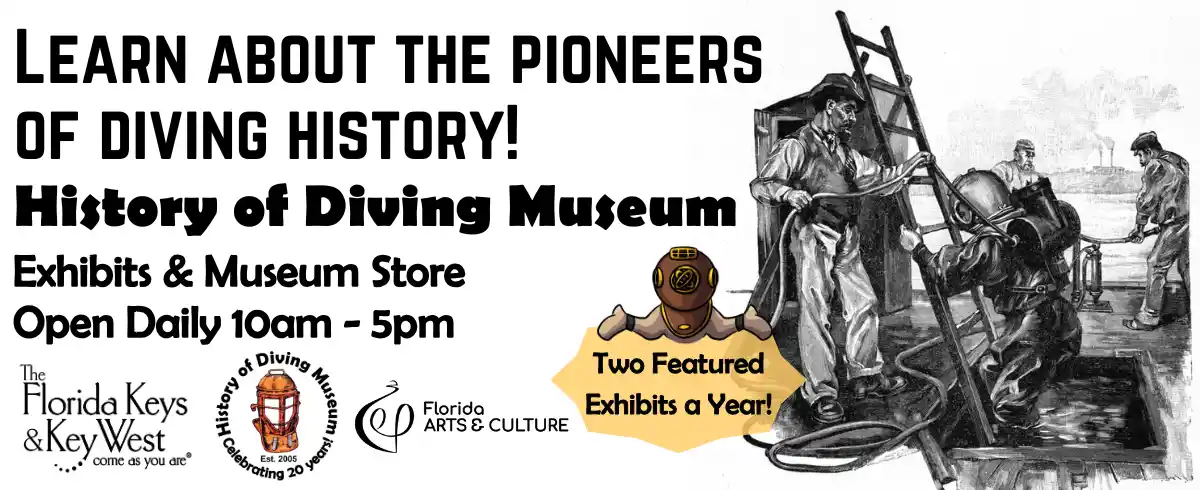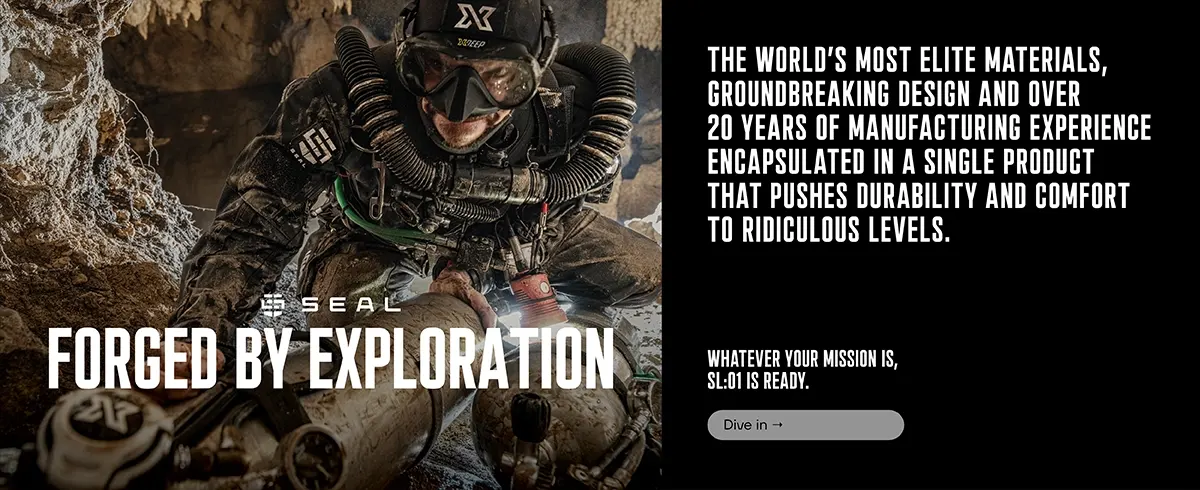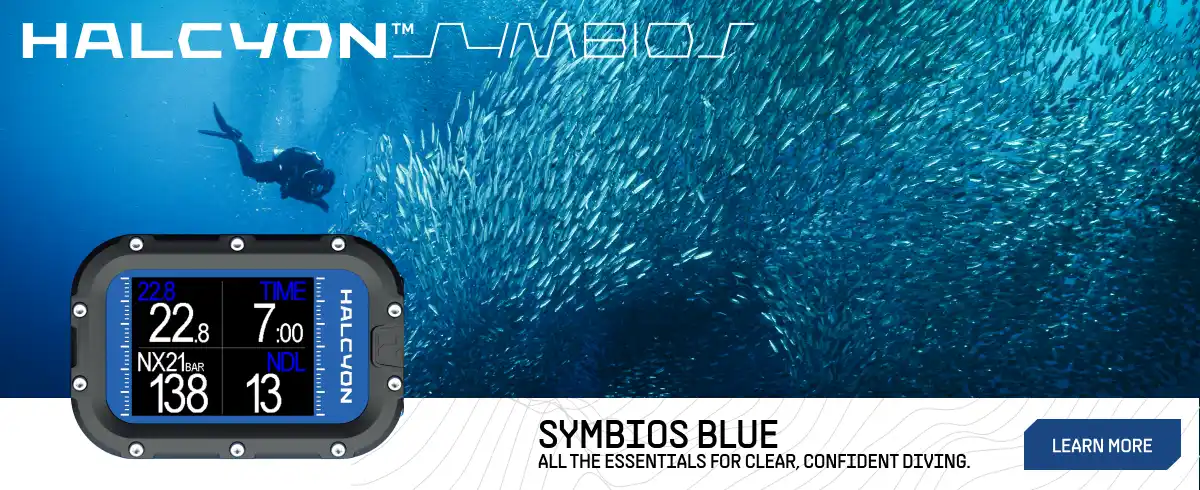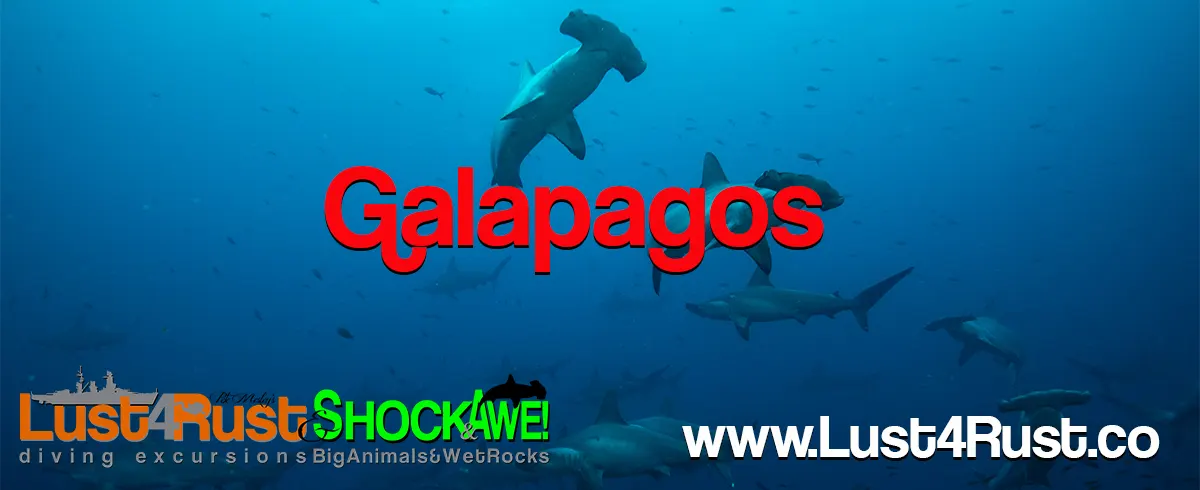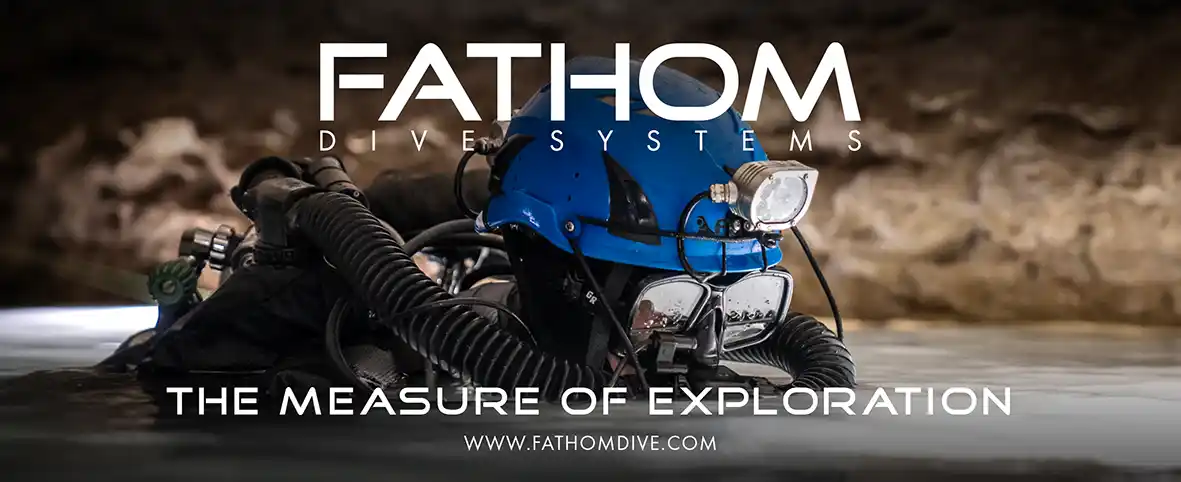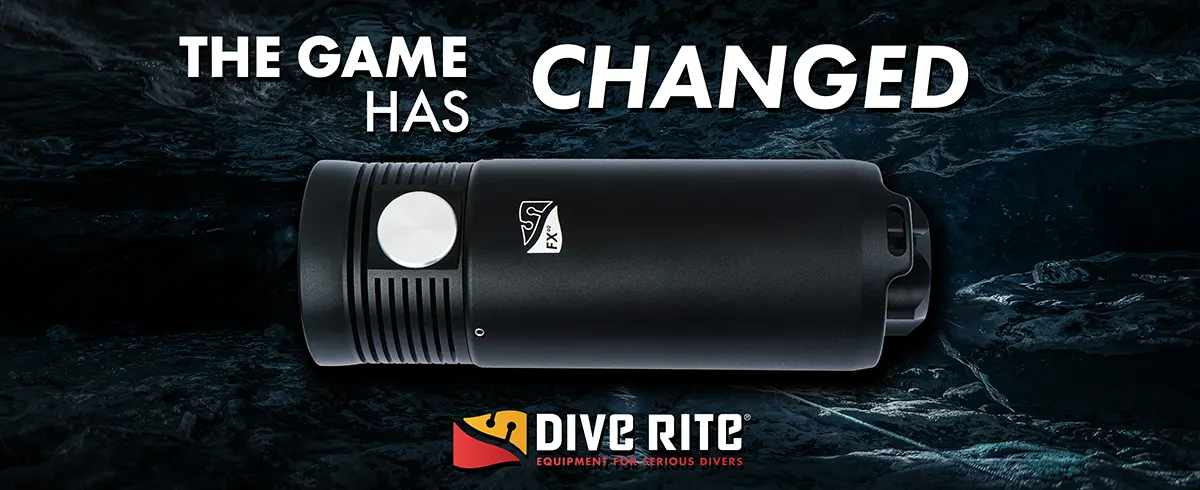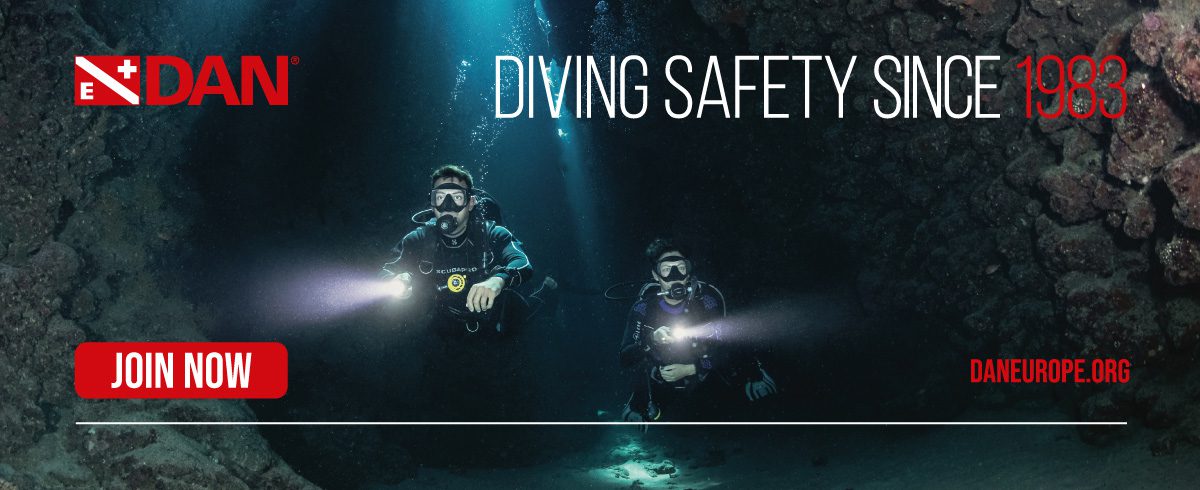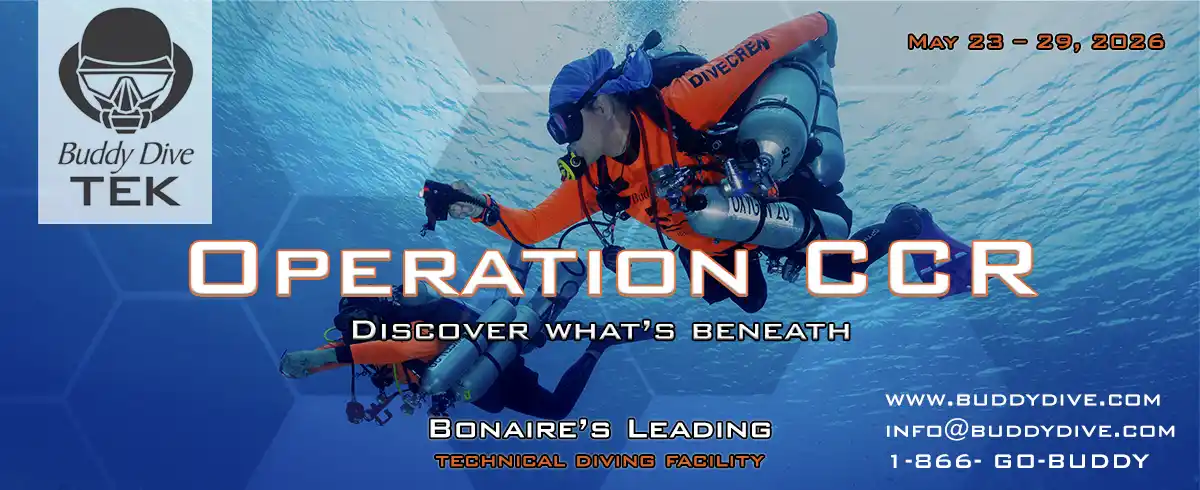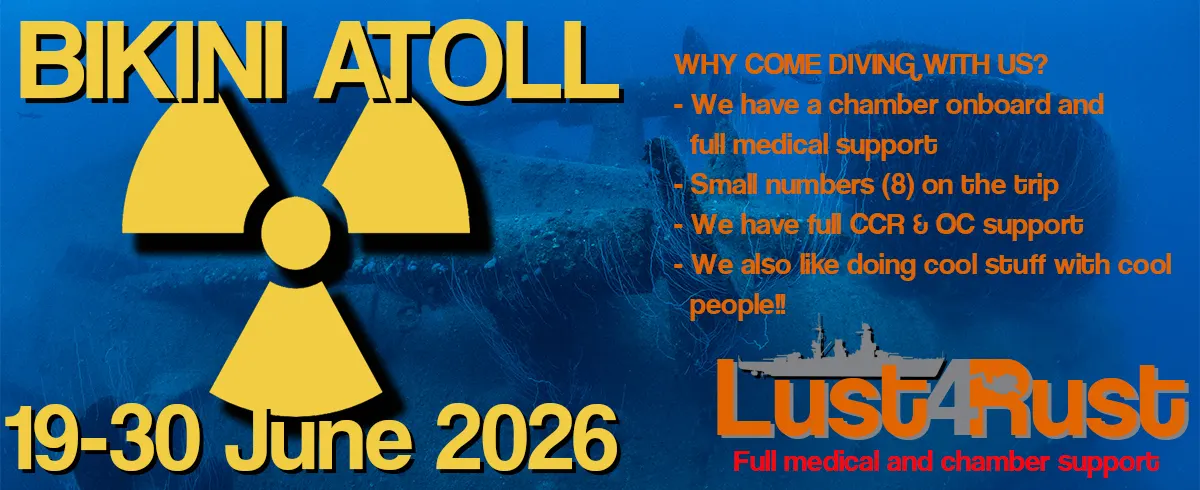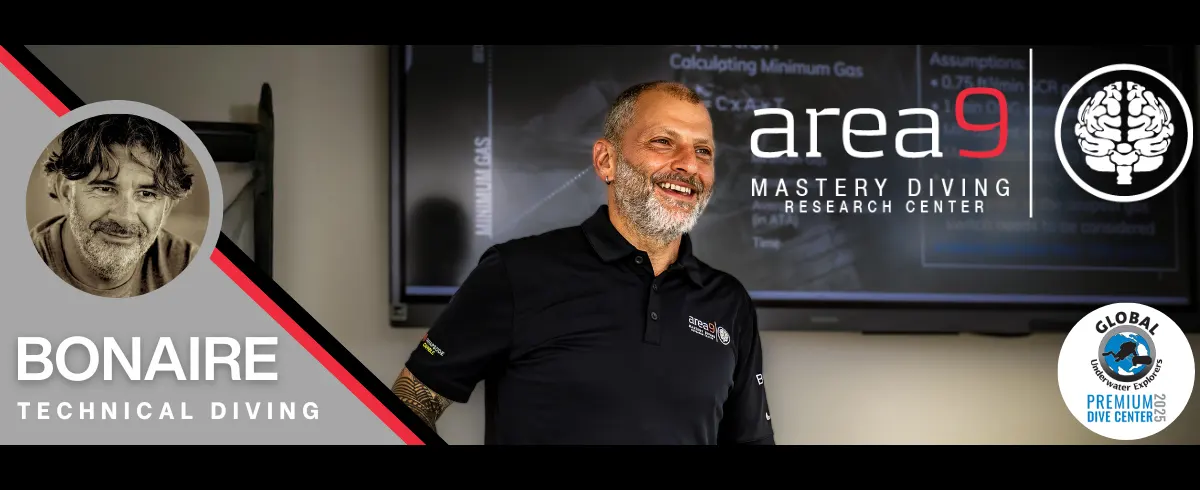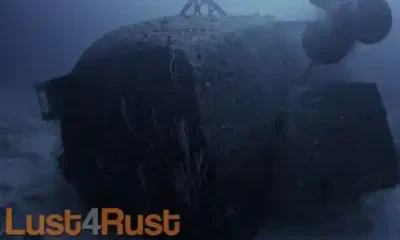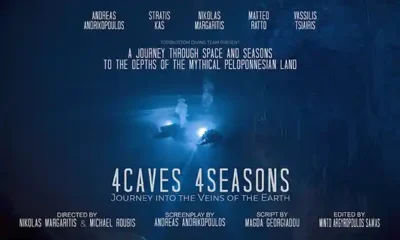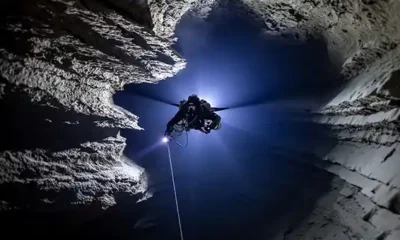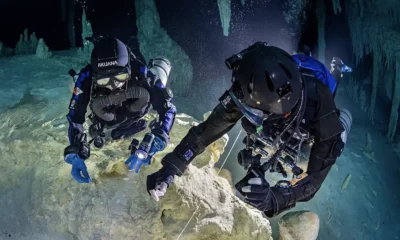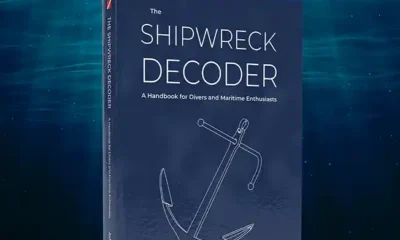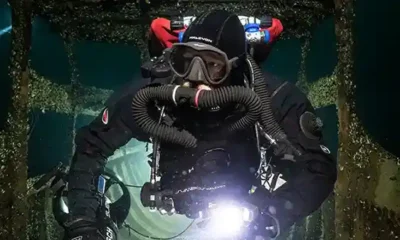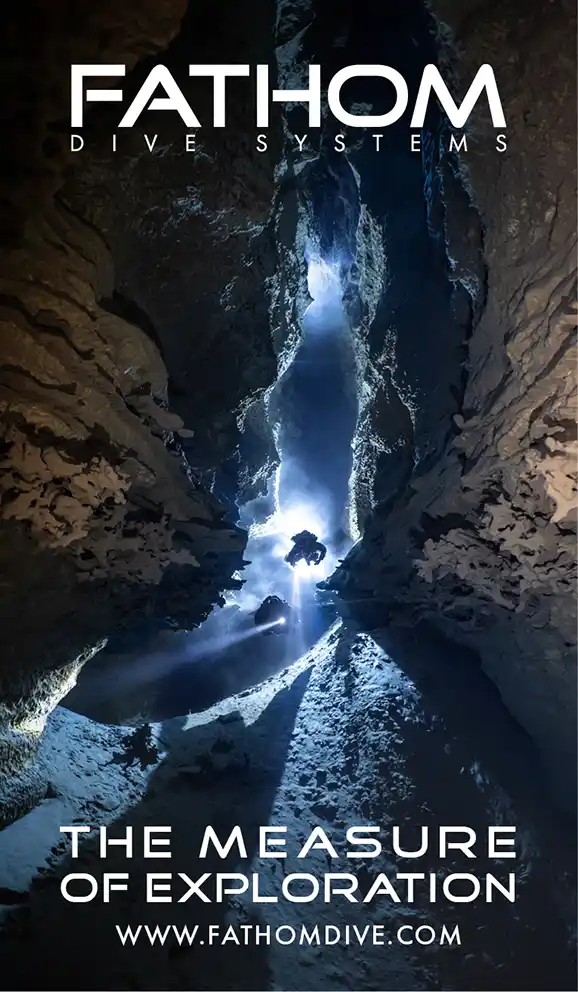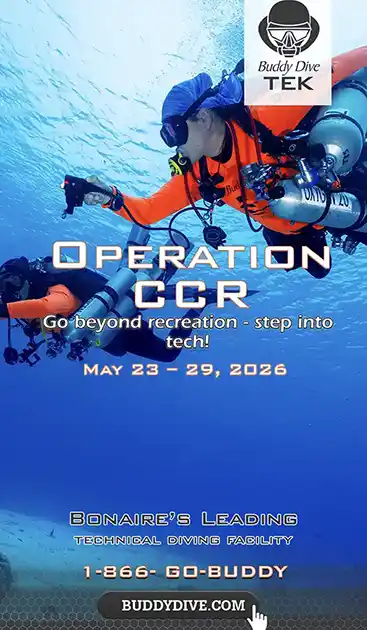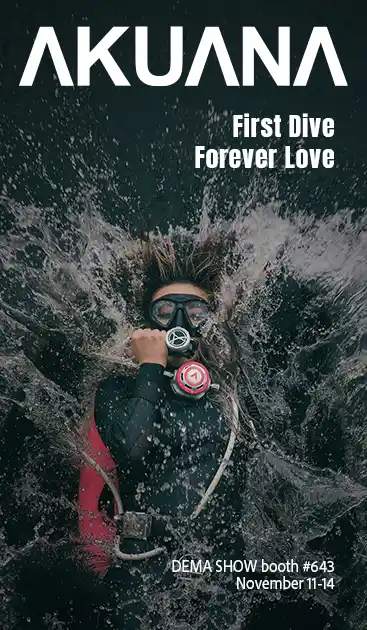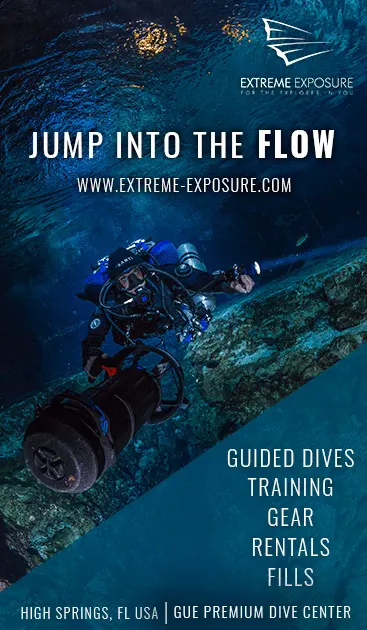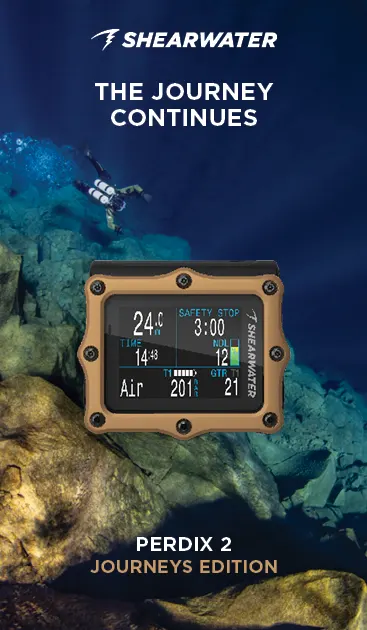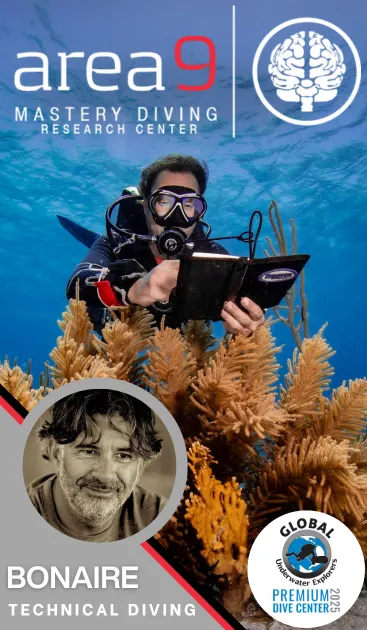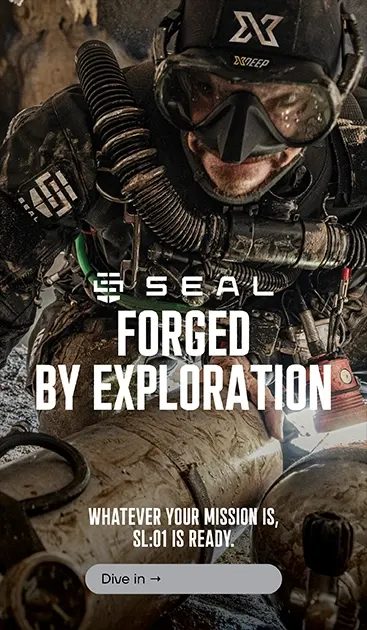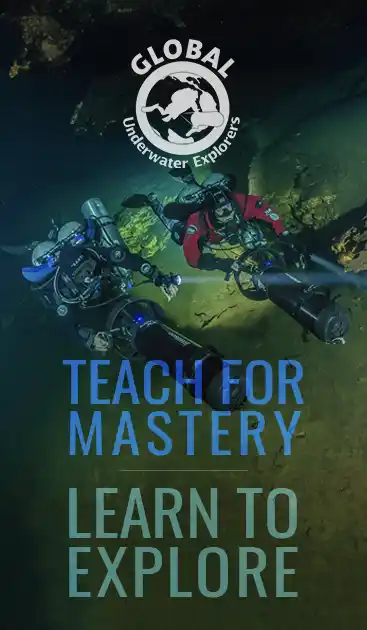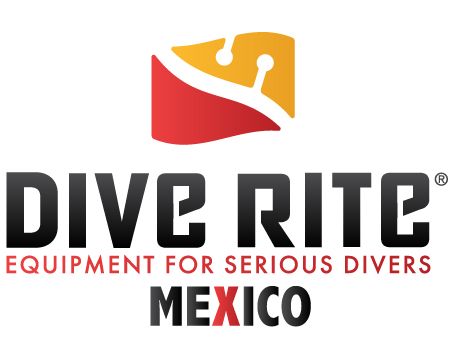News
Into the Last Frontiers: Diving Shag Rocks and Antarctica
In an age of satellite imaging, deep-space telescopes, and instant communication, it is tempting to believe that the great era of exploration has passed. Yet vast portions of our own planet remain unseen, unstudied, and unknown. Beneath the surface of the oceans—particularly in the remote polar seas—lie ecosystems that have scarcely felt the presence of human beings. The Age of Exploration is not over. It is alive, ongoing, and essential.
by Jeffrey Bozanic

In February 2026, a team of scientists, divers, and students will carry the Explorers Club Flag into one of the world’s last wild frontiers: the South Atlantic’s Shag Rocks and the frigid waters of the Antarctic Peninsula. Few have ever dived these regions and, at Shag Rocks, there is a very real possibility that the expedition’s members will become the first divers to descend into those waters. The flag they carry is more than fabric—it is a historic emblem of humanity’s drive to push boundaries and increase knowledge. Since 1918, the Explorers Club Flag has flown on expeditions led by some of the world’s most recognizable names: Sir Edmund Hillary and Tenzing Norgay on Everest, Thor Heyerdahl aboard the Kon-Tiki, Apollo astronauts on the Moon, and Jacques Cousteau beneath the sea.
Like every true expedition, success is not guaranteed. Weather, sea conditions, and/or logistical challenges may prevent the team from exploring Shag Rocks. But exploration is never measured solely by whether the primary goal is achieved. Many expeditions remembered as milestones in history failed to reach their intended destination—yet they succeeded in expanding human knowledge. The same will be true here. Even if diving at Shag Rocks proves impossible, the expedition will return with more understanding of our planet than when it departed.

The mission blends rigorous science with the spirit of discovery. Dr. Alan Verde, Professor of Marine Biology at the Maine Maritime Academy, will lead the initial categorization of collected biological specimens. Dr. Verde’s career has spanned symbiosis research, marine ecology, coral reef biology, and invertebrate zoology. He has published on topics ranging from octopus behavior to clownfish-anemone symbioses, and his students have contributed to studies of lobsters and crabs, sea cucumbers, and octopuses in both laboratory and field settings. His expertise ensures that any samples brought back from these rarely-studied environments will be evaluated with scientific rigor and placed in context within the broader framework of marine biology. Ultimately, collected materials will become part of the permanent research collection at the Natural History Museum of Los Angeles County, where they can be studied by scientists for generations to come.
The expedition is also notable for its strong youth involvement.
A Venturing crew, part of Scouting America (formerly the Boy Scouts of America), will join the team under the co-leadership of Elizabeth Morgan. Venturing is open to young people ages 14–20 and emphasizes leadership, outdoor adventure, and service. The 2021 Antarctic expedition brought 20 youth participants, many of whom went on to pursue studies and careers in field research and environmental sciences. By involving young people directly in exploration, the expedition nurtures a new generation of scientists and adventurers, instilling in them the understanding that discovery is not abstract—it is something they can touch, experience, and shape.

At the helm of this endeavor is Jeffrey Bozanic, a diver whose name is synonymous with polar and cave exploration. Bozanic first traveled to Antarctica in 1989 and, since then, he has returned on numerous scientific expeditions. His work has included faunal collections and under-ice diving in extreme conditions. Beyond Antarctica, he is recognized worldwide for his cave diving achievements, combining technical skill with a dedication to advancing science. His contributions have been honored in unusual ways: Species have been named after him, and his leadership in the diving sciences has earned him recognition as Diver of the Year in Science by Beneath the Sea. He’s also earned the NOGI Award in Sports/Education from the Academy of Underwater Arts and Sciences—the highest distinction in the field.

Importantly, participation is not limited to divers. Non-divers can make equally meaningful contributions to the expedition’s success. Volunteers may assist with documenting specimens through photography, recording environmental and observational data, supporting topside operations, or helping manage sample collections once retrieved from the sea. Citizen scientists can take part in log-keeping, data entry, or assisting with equipment management. In the polar environment, where every task is magnified by cold, logistics, and limited time, even small contributions are essential to the whole. Everyone, regardless of diving experience, will have the opportunity to push the boundaries of knowledge in their own way.
By taking part, participants will stand in the tradition of history’s explorers and, by virtue of their contributions, will be eligible for membership in the Explorers Club. This is not marketing language, but fact: the Club’s charter requires meaningful participation in field science or exploration, and this expedition qualifies.
Ultimately, this journey reminds us of a profound truth: exploration is not a relic of the past. It is an ongoing endeavor, demanding courage, patience, and humility. We may or may not succeed in becoming the first divers at Shag Rocks. But, in the attempt, we will carry forward the legacy of those who sought the unknown before us. In doing so, we affirm that the Age of Exploration continues, not in distant galaxies alone, but here on Earth, beneath the cold waves of the Southern Ocean.

Limited space remains. For more information, contact Jeffrey Bozanic at 714-747-2727 or jbozanic@gmail.com
The Explorers Club — Mission, Legacy, and Diving Pioneers

A Legacy of Exploration
Founded in 1904 in New York City, The Explorers Club was created to unite explorers in fellowship and to advance the cause of scientific exploration. Early members included Adolphus Greely, Carl Lumholtz, and Frederick Dellenbaugh. From its beginnings in small rented quarters, the Club grew steadily, eventually purchasing its current headquarters in 1965—a Jacobean townhouse on East 70th Street in Manhattan, today known as the Lowell Thomas Building. Its lecture hall, research collections, map room, and library serve as a global center for exploration and planning.
In 1981, the Club formally welcomed women members for the first time, including Sylvia Earle, Dian Fossey, Rita Mathews, Anna Roosevelt, and astronaut Kathryn Sullivan—marking a turning point in its history.
Mission and Membership
The Explorers Club remains committed to advancing field research, scientific exploration, and the instinct to explore. Its 3,500+ members, spread across more than 60 countries, represent a remarkable range of disciplines—from oceanographers and astronauts to mountaineers and anthropologists. The Club encourages the next generation through youth grants and field science support, ensuring that exploration continues to thrive.
Membership includes many of the world’s most recognized explorers: Robert Peary, Matthew Henson, Sir Edmund Hillary, Buzz Aldrin, Jane Goodall, Richard Byrd, and Thor Heyerdahl, among others.
Within the diving community, the roster is equally impressive:
- Dr. Sylvia Earle – Pioneering oceanographer and conservation leader
- Dr. Richard Pyle – Ichthyologist and deep-diving innovator
- John Chatterton – Acclaimed wreck diver and co-host of Deep Sea Detectives
- Richie Kohler – Renowned wreck explorer and documentarian
- James Cameron – Academy Award–winning filmmaker and deep-sea explorer who piloted the Deepsea Challenger to the bottom of the Mariana Trench
Together, they continue the lineage of underwater pioneers such as William Beebe, Jacques Piccard, Don Walsh, and Robert Ballard.
Carrying the Flag
One of the Club’s greatest traditions is the carrying of the Explorers Club Flag. First flown in 1918, the flag symbolizes courage, fidelity, and the promise of advancing human knowledge. The current design, created by Frederick Dellenbaugh, bears a diagonal white field with the Club’s initials and a compass rose set between red (courage) and blue (fidelity).
Carrying the flag is both an honor and a responsibility. Expeditions must demonstrate potential for meaningful scientific results, and flag reports are filed upon return—archived alongside the original “Flag Book” that contains handwritten records and photographs dating back over a century.
A total of 202 numbered flags exist today, each with its own storied history. Some now rest at headquarters, including flags carried by Roy Chapman Andrews, Thor Heyerdahl, and miniature flags flown aboard Apollo 11, Apollo 8, and Apollo 15. The Explorers Club flag has traveled to both poles, the peaks of Everest, the bottom of the ocean, and the surface of the Moon. To carry it is to join a lineage of exploration that stretches across disciplines, generations, and frontiers.

Jeffrey Bozanic is a technical diving instructor and research scientist. Based in southern California, Jeff provides consulting and training services in the diving market. Specializing in rebreather use, he is probably best known for his seminal textbook on the topic, Mastering Rebreathers, and his work as senior Technical Editor for the 6th Edition of the NOAA Diving Manual. A marine scientist, Jeff has participated in or led over 60 diving expeditions during the past 40 years to places like Palau, Africa, Tonga, and Mexico. From 1989 to 1992, he oversaw scientific diving operations in Antarctica for the US Antarctic Program and co-authored the Antarctic Scientific Diving Manual. In 2016, he was part of a research team that tested and evaluated rebreathers in Antarctica for the National Science Foundation. Jeff has served as NSS-CDS Chairman, NAUI Vice Chairman, and AAUS Treasurer. He has been honored with the NAUI Lifetime Achievement Award, DAN/Rolex Diver of the Year, AAUS Conrad Limbaugh Award for Scientific Diving Leadership, and the NOGI in Sports/Education. He can be reached at: P.O. Box 3448, Huntington Beach, CA 92605; 714-747-2727, jbozanic@gmail.com.


